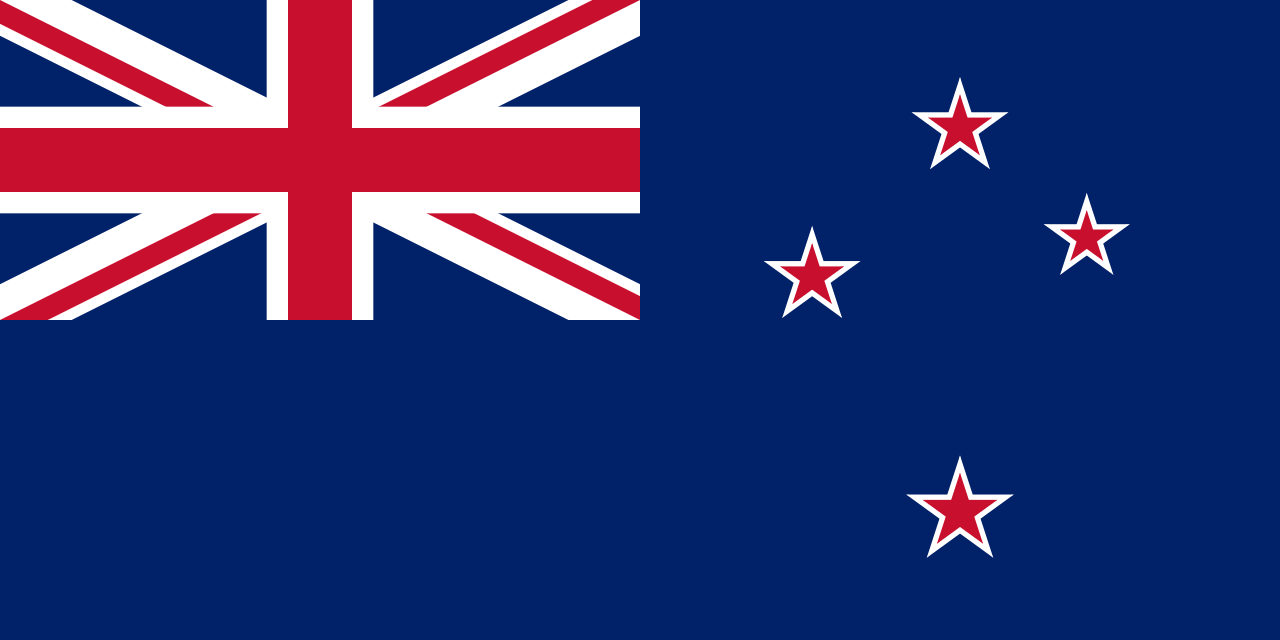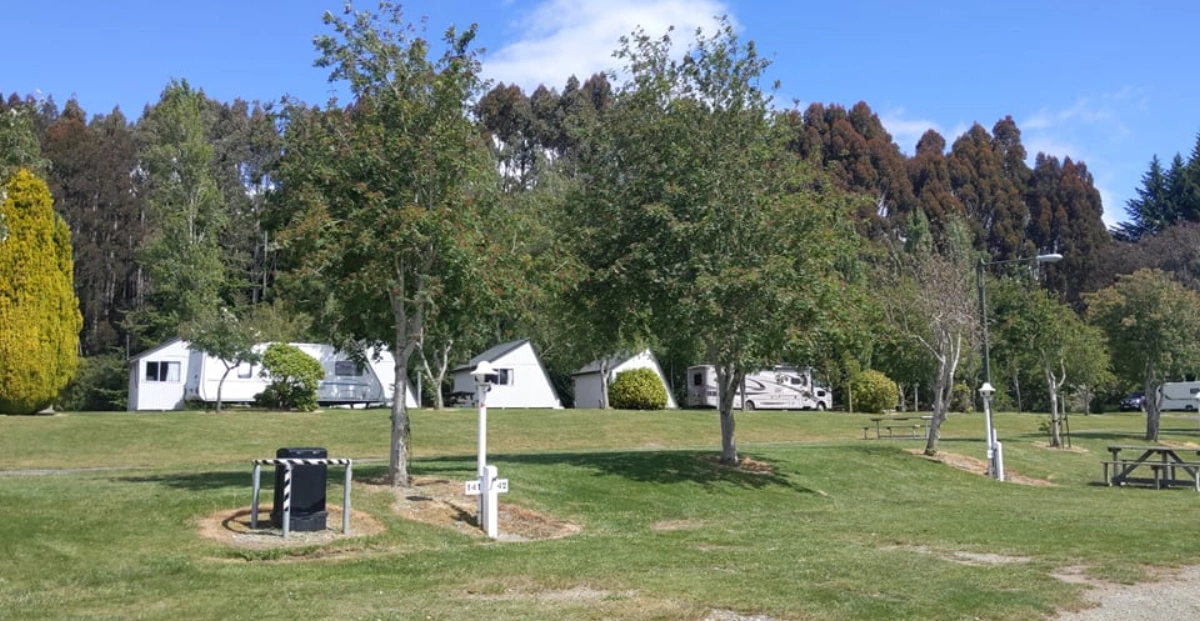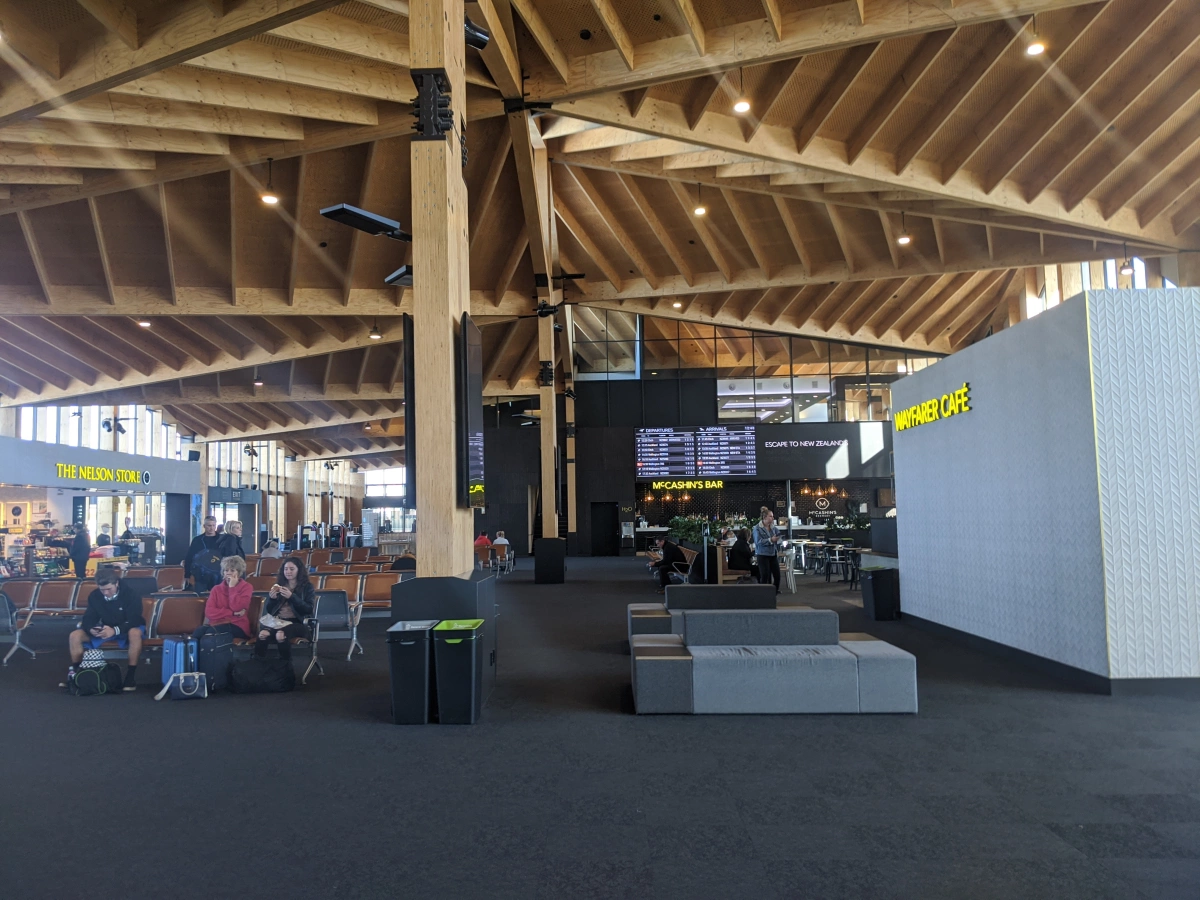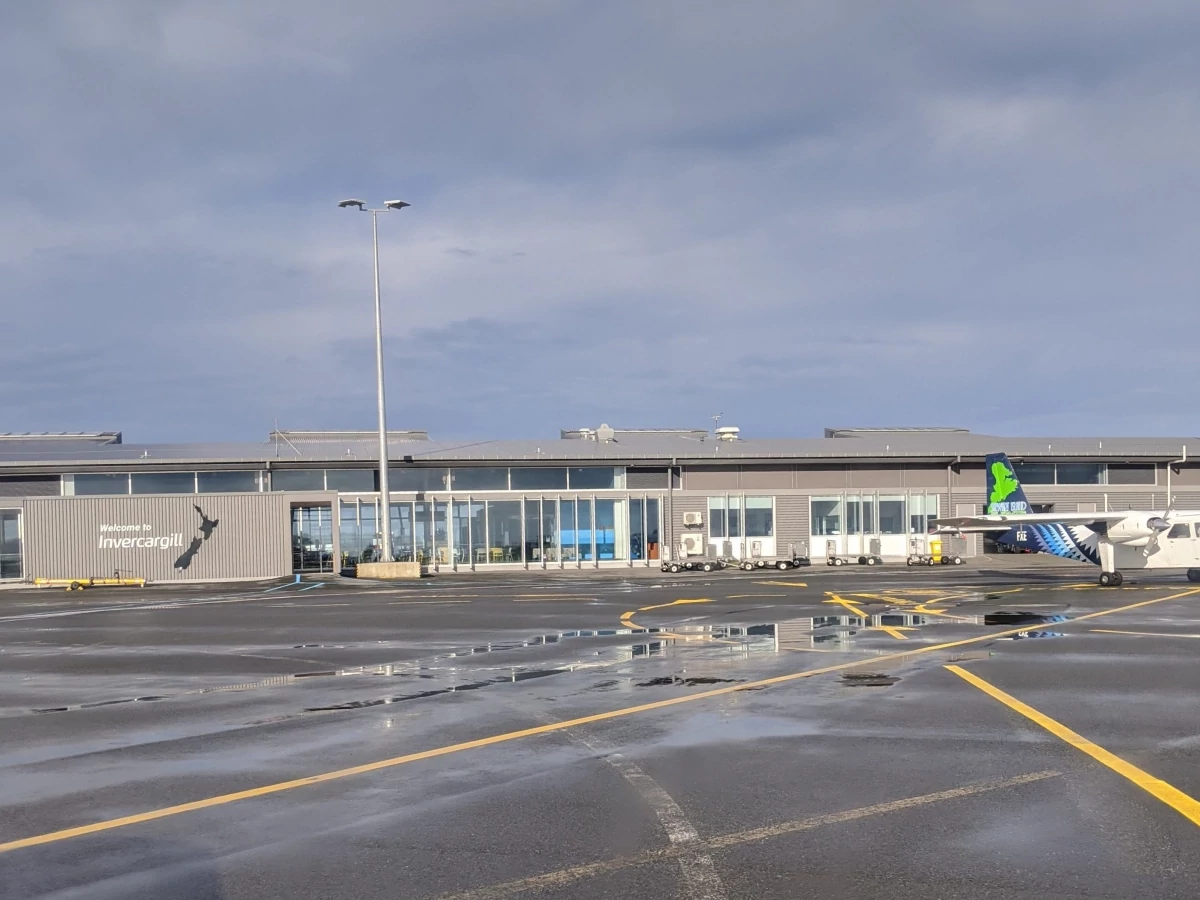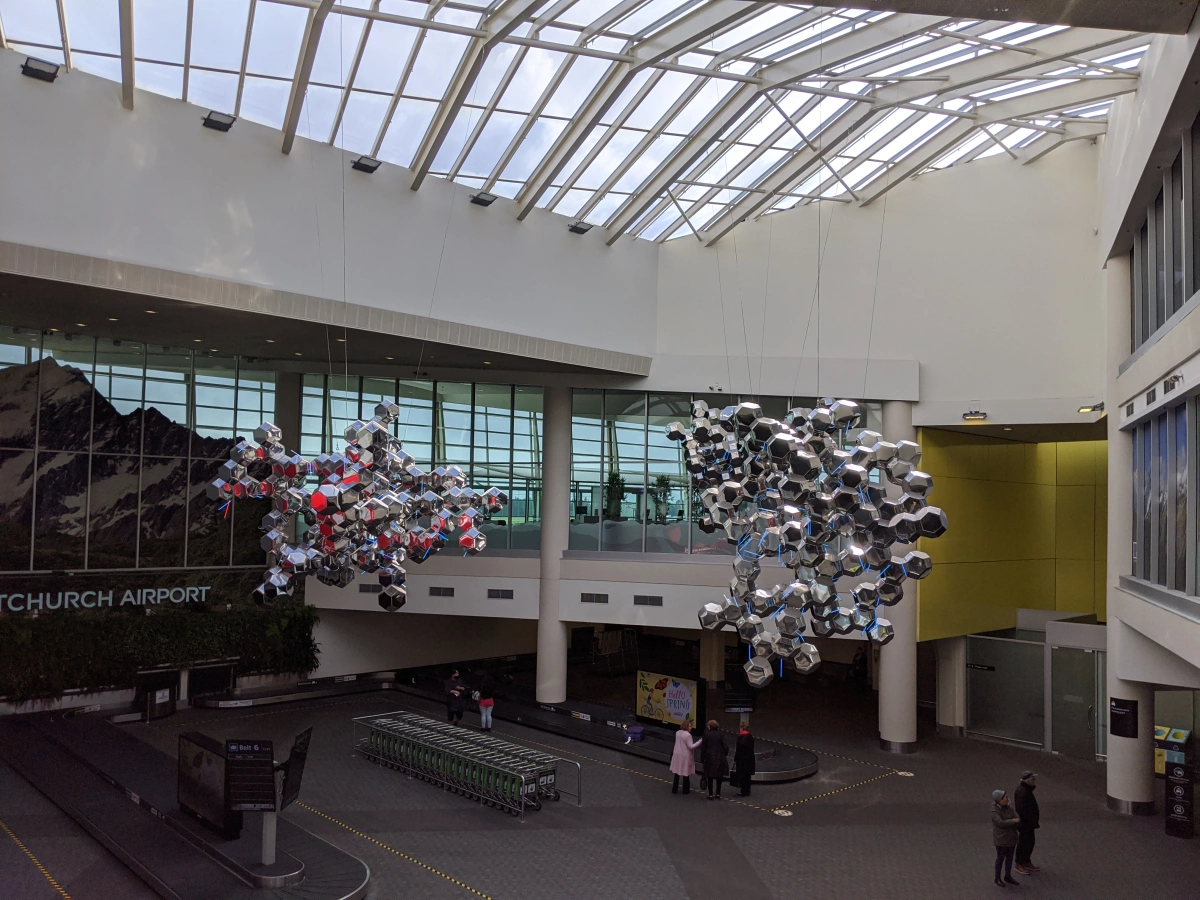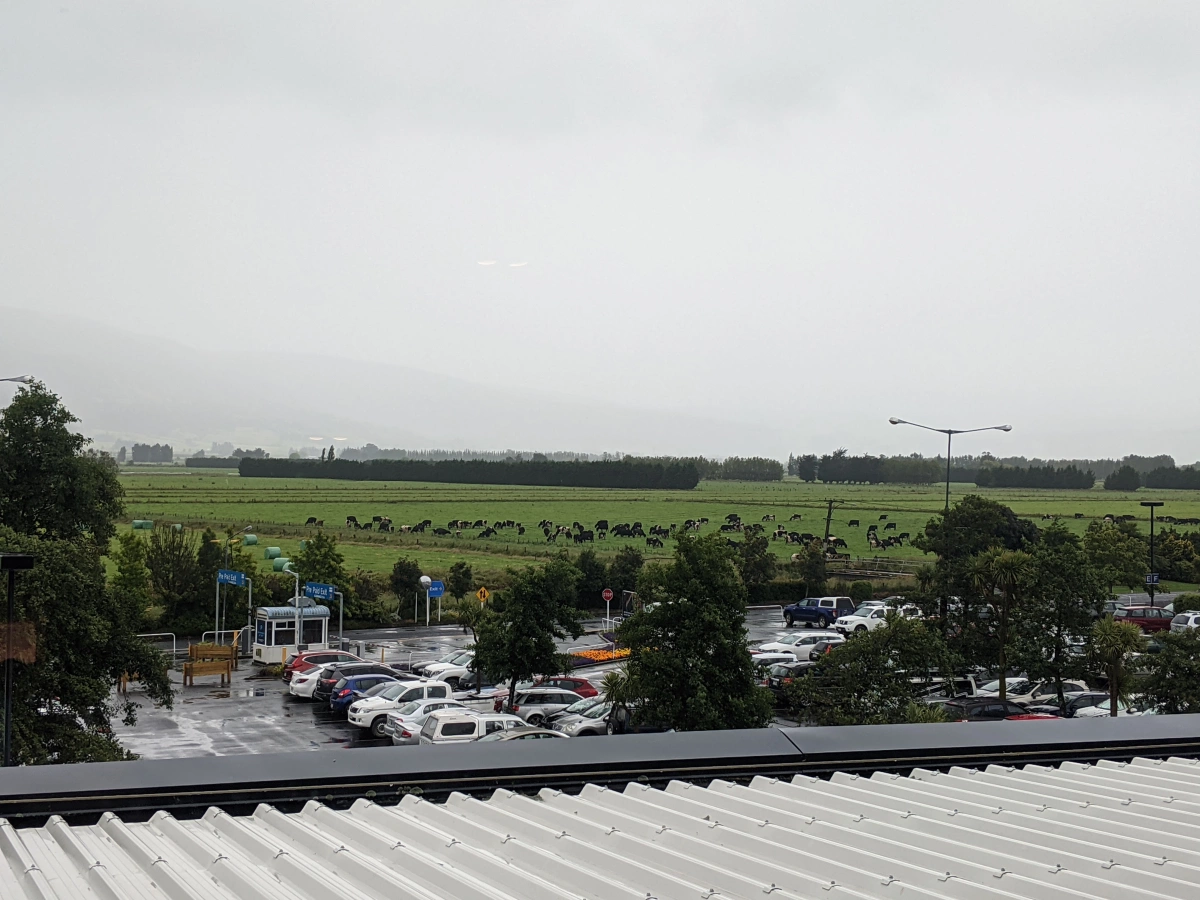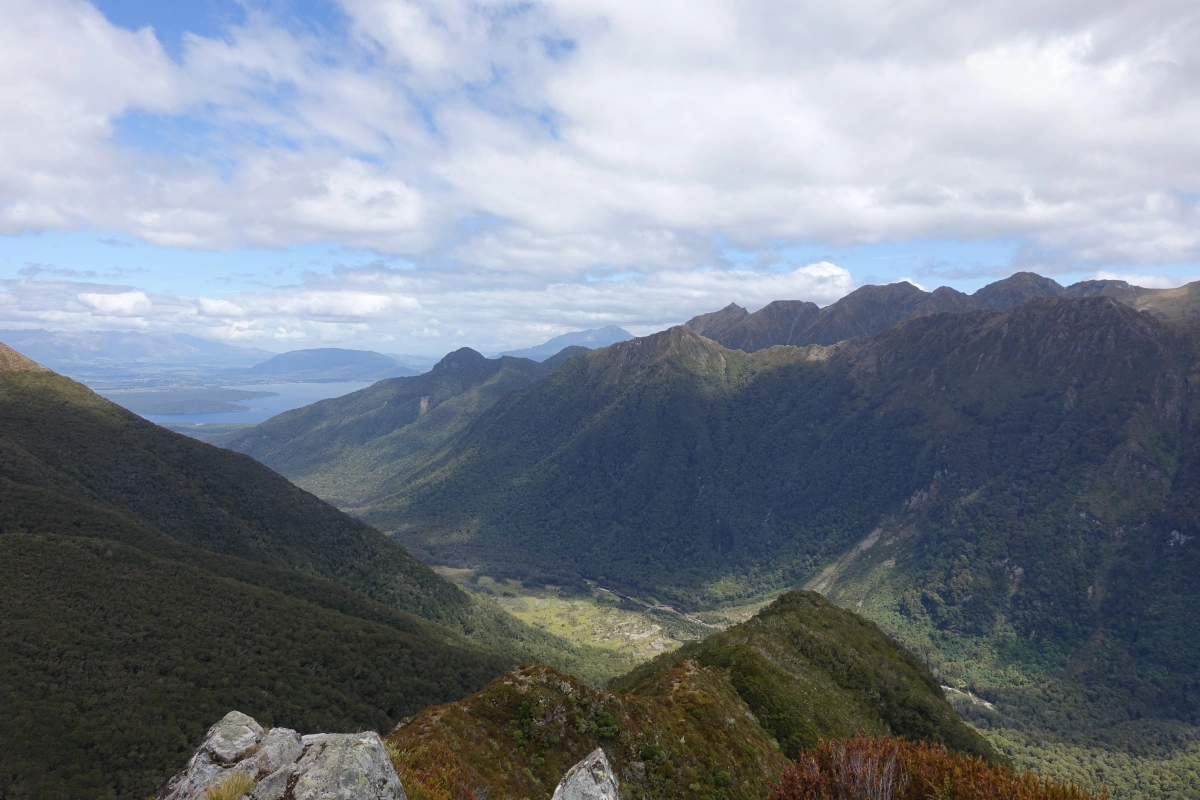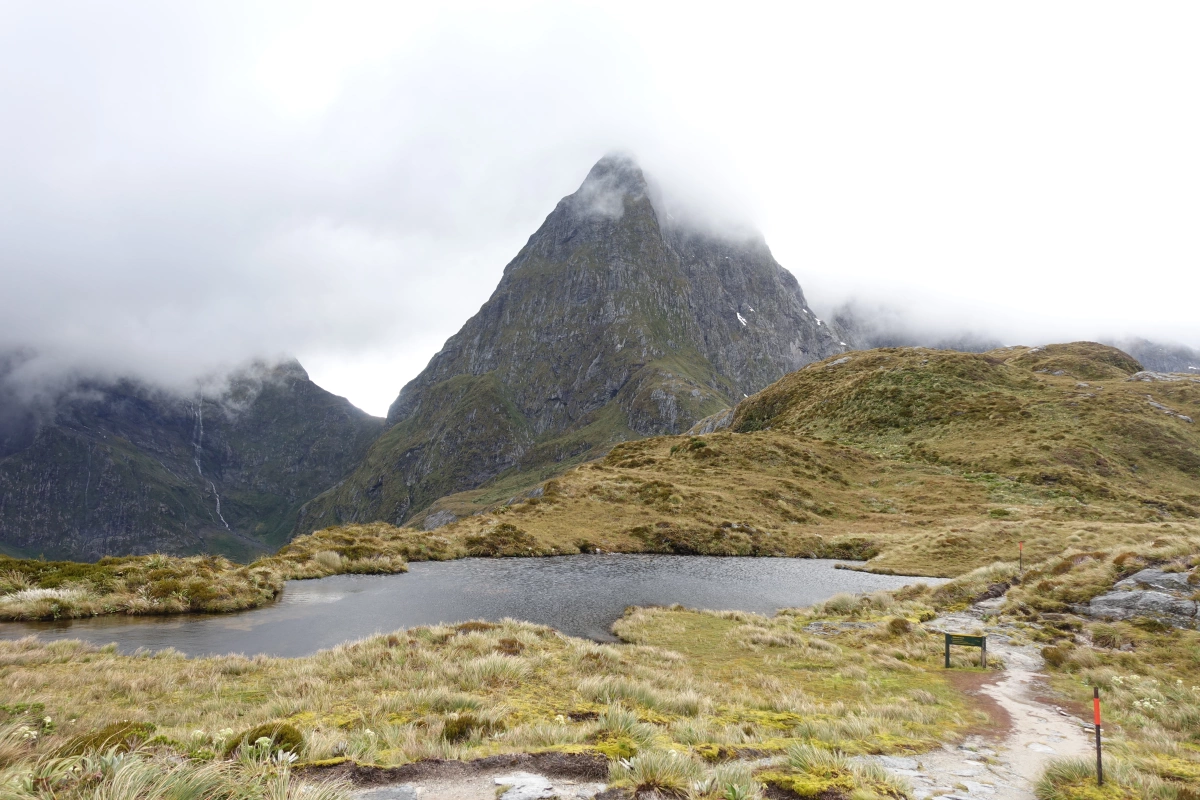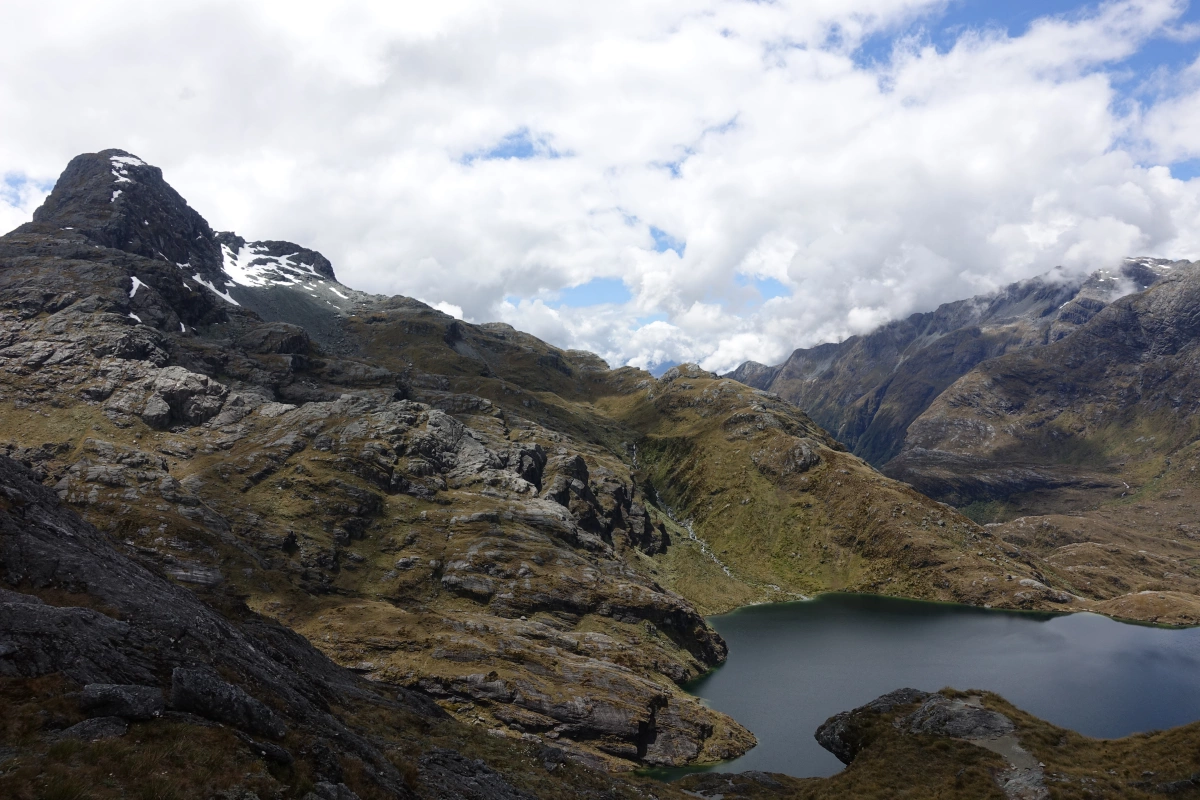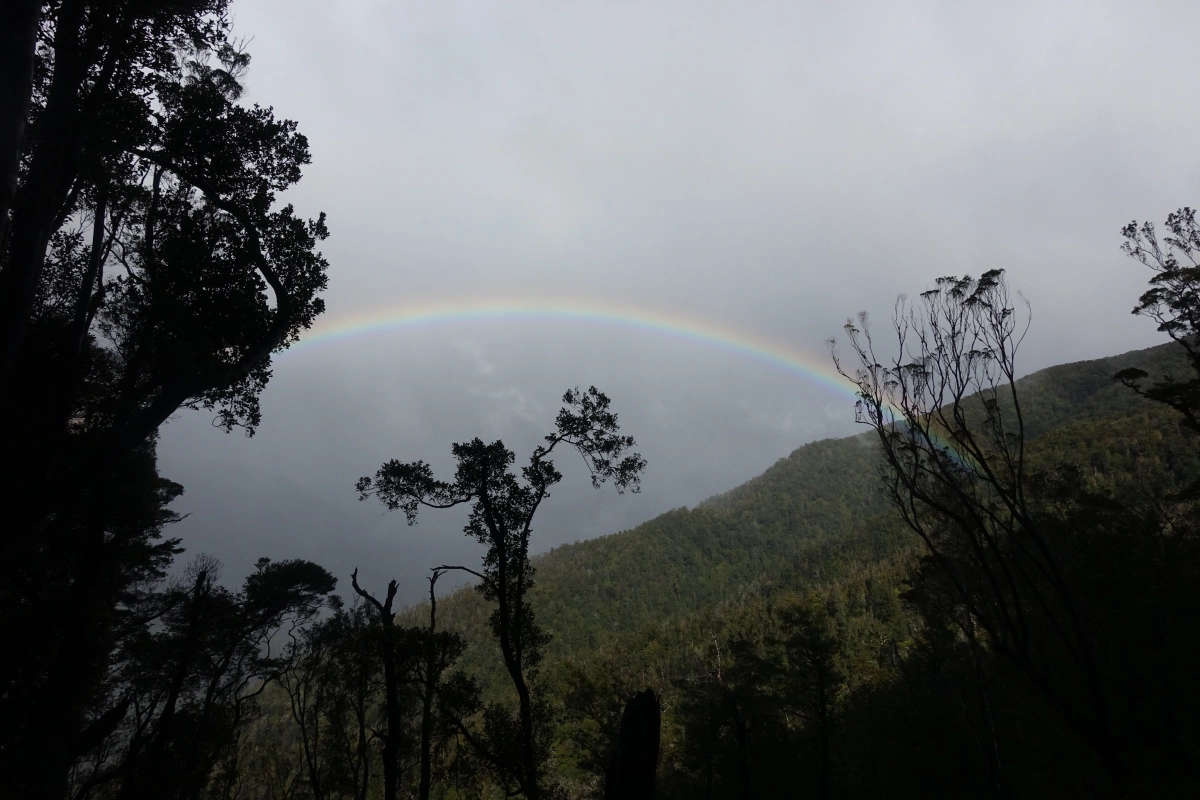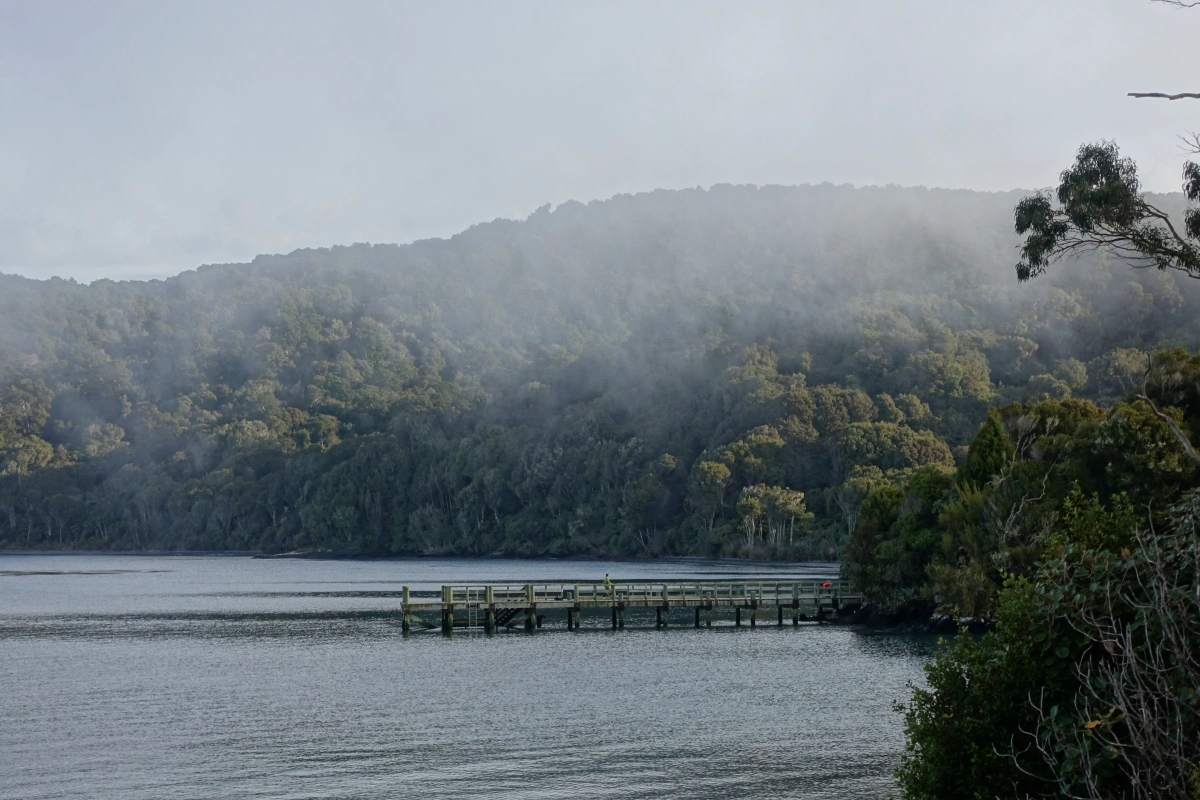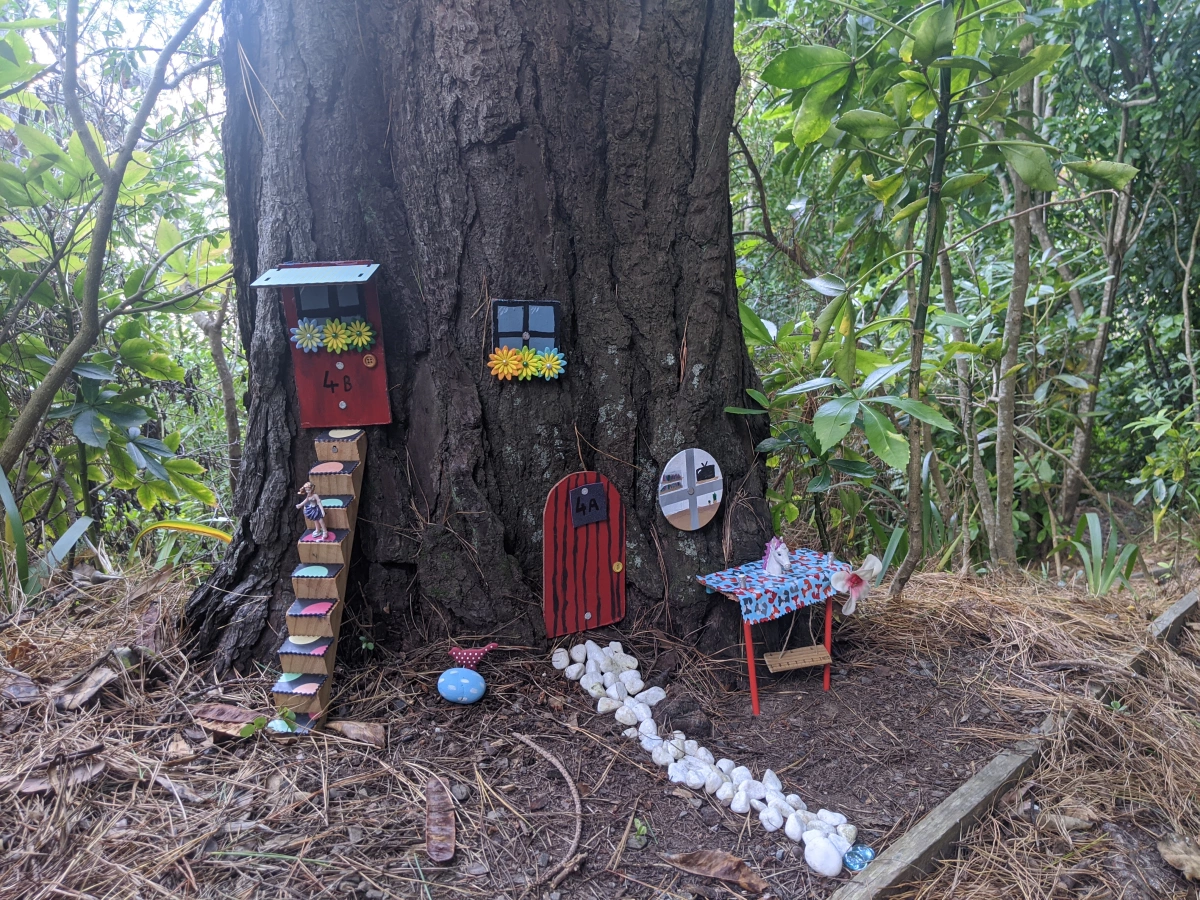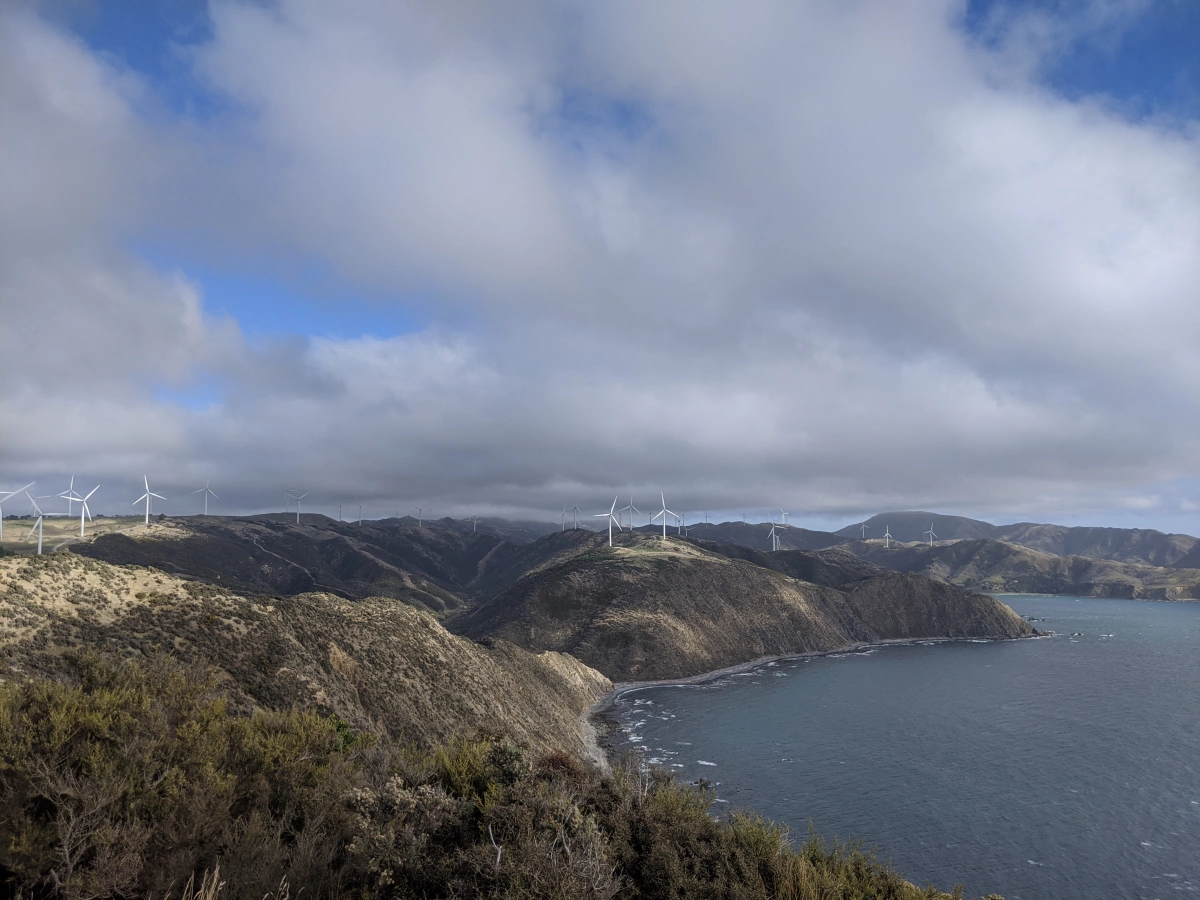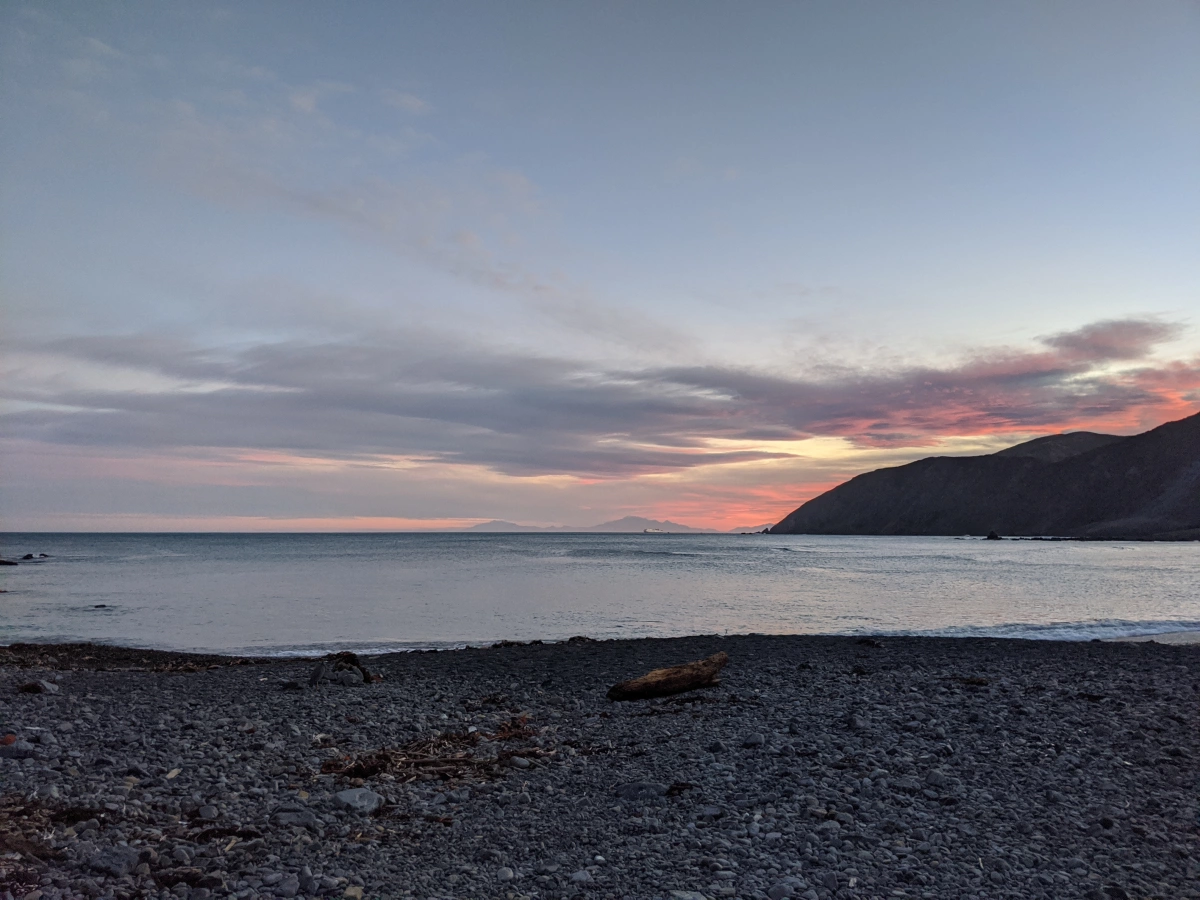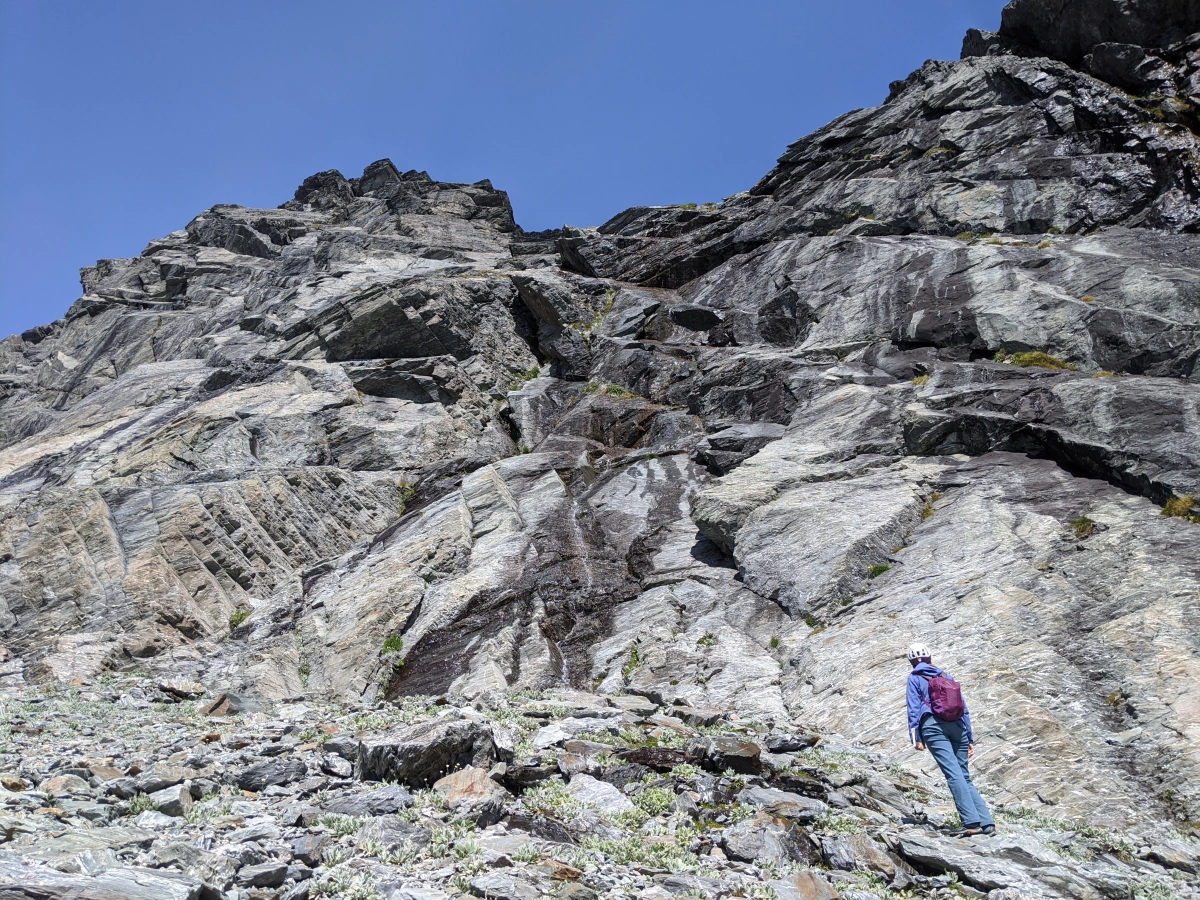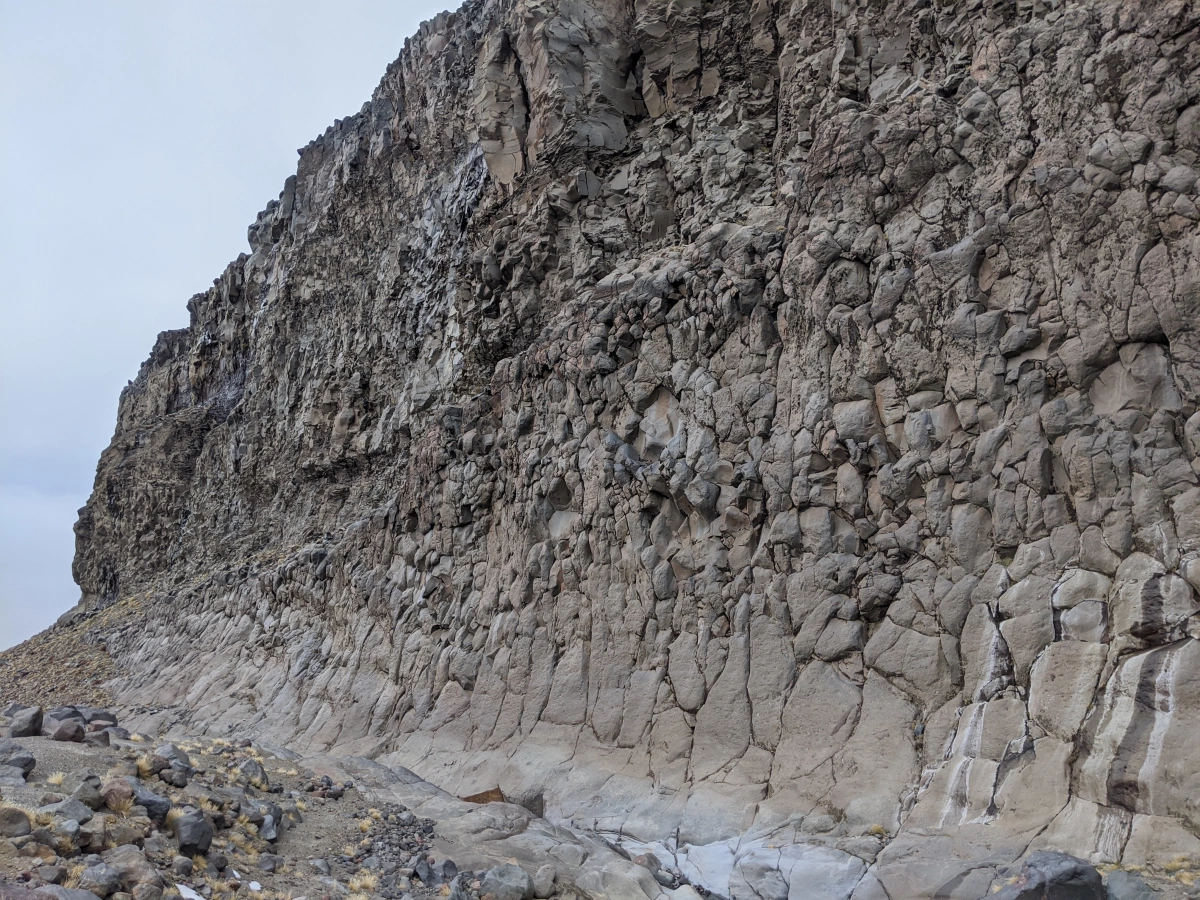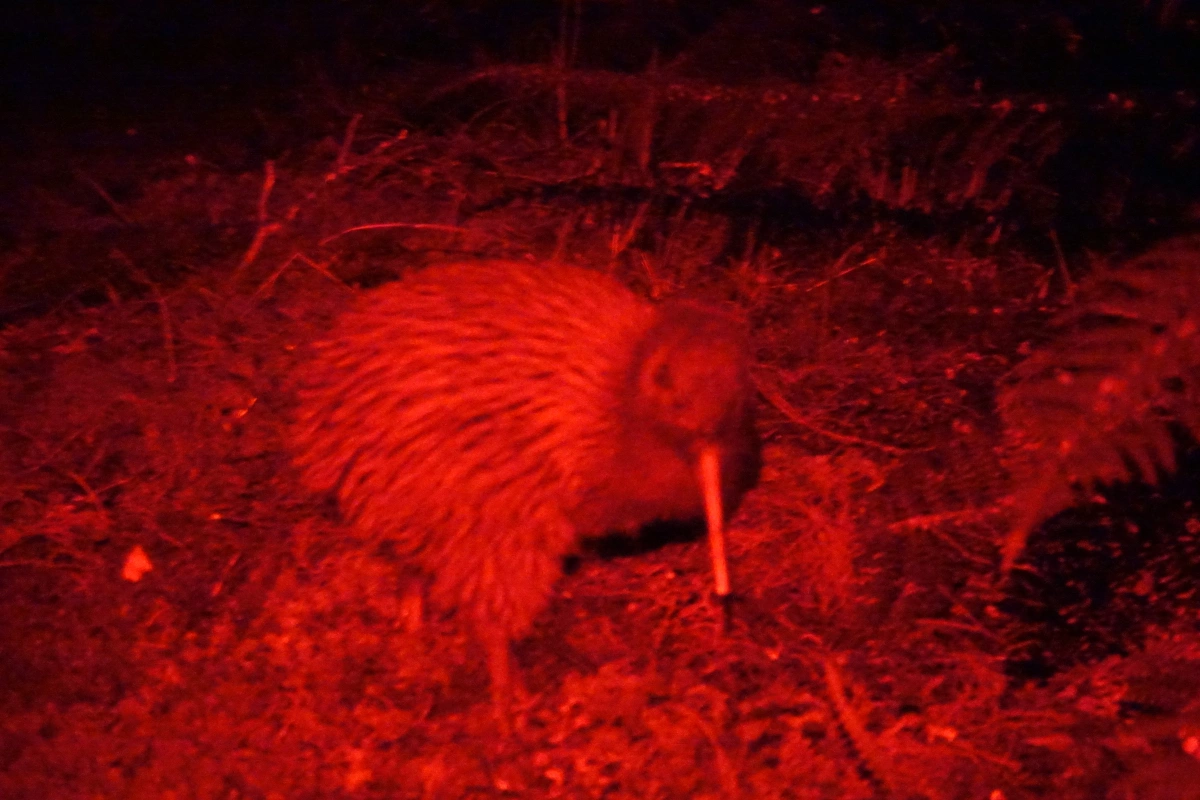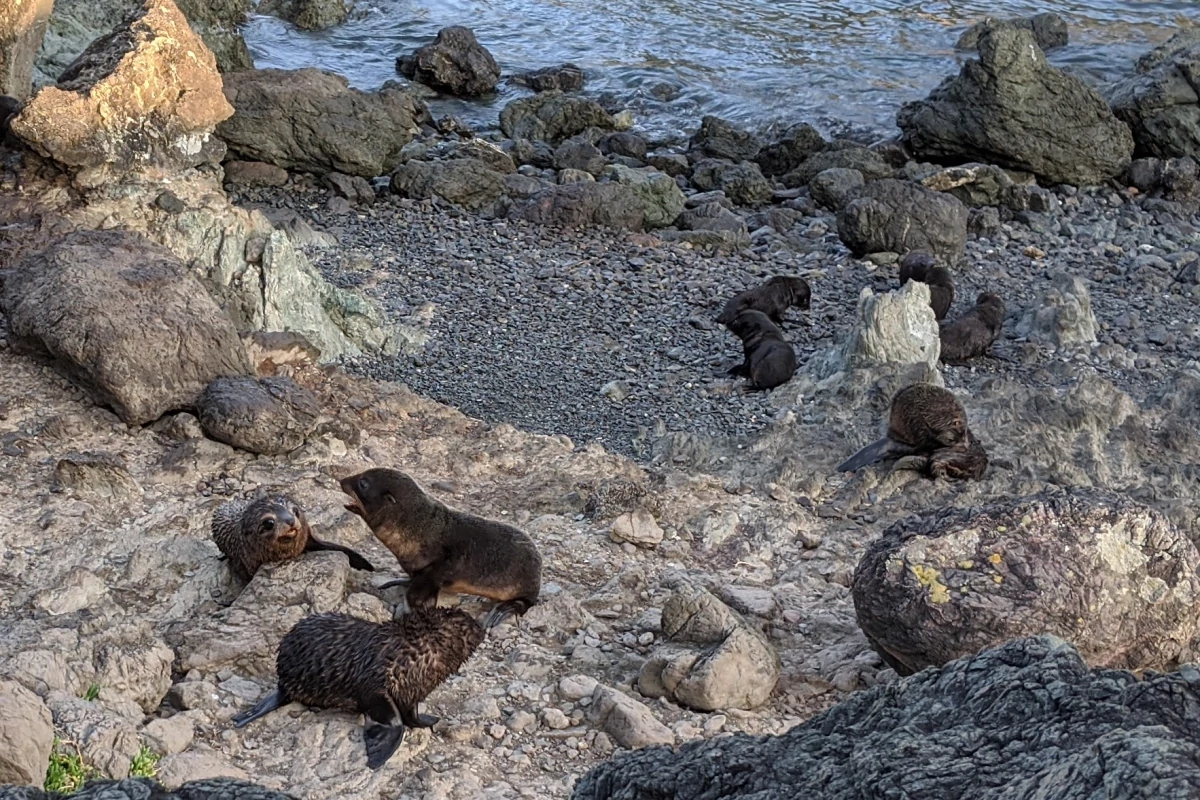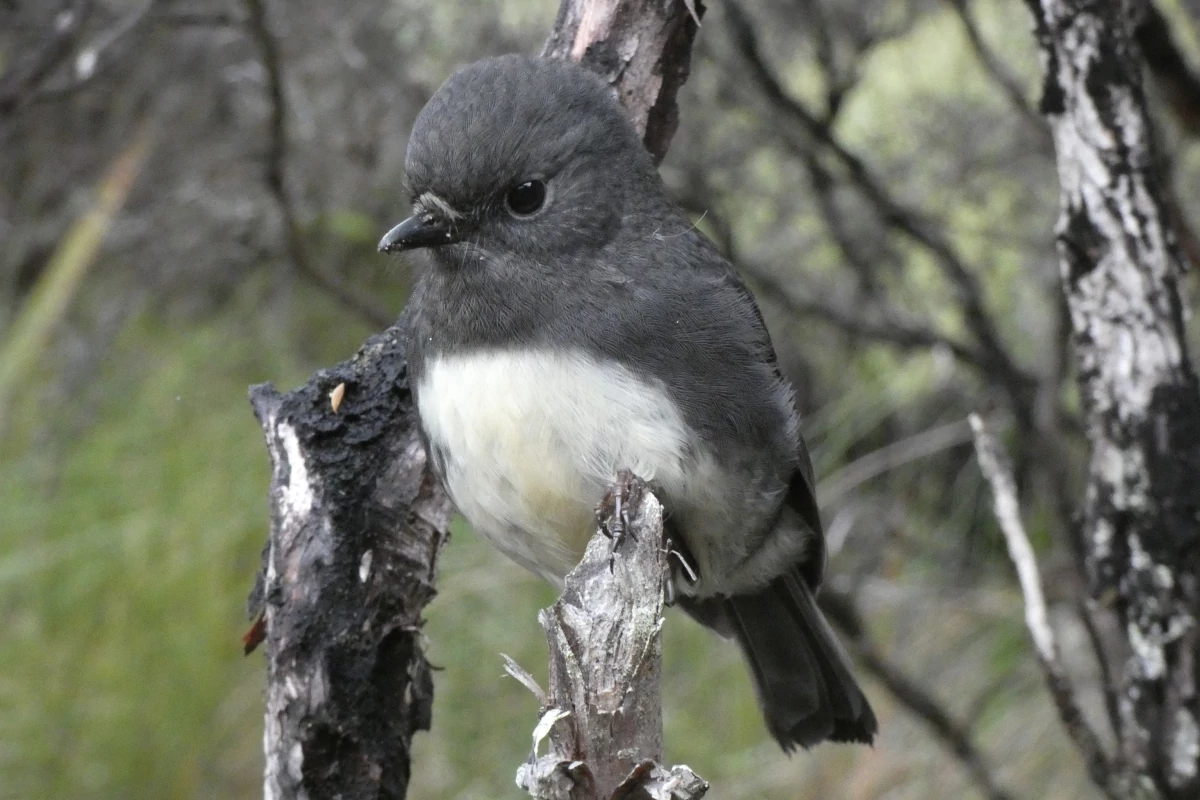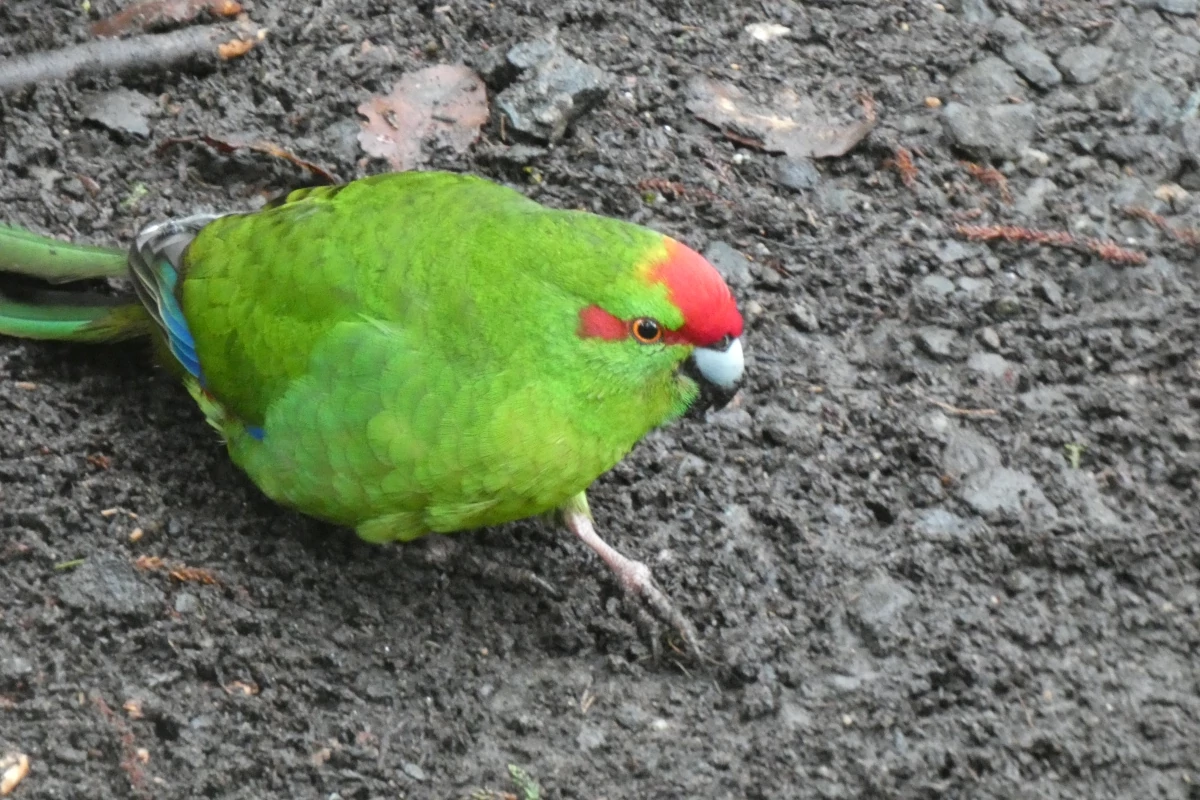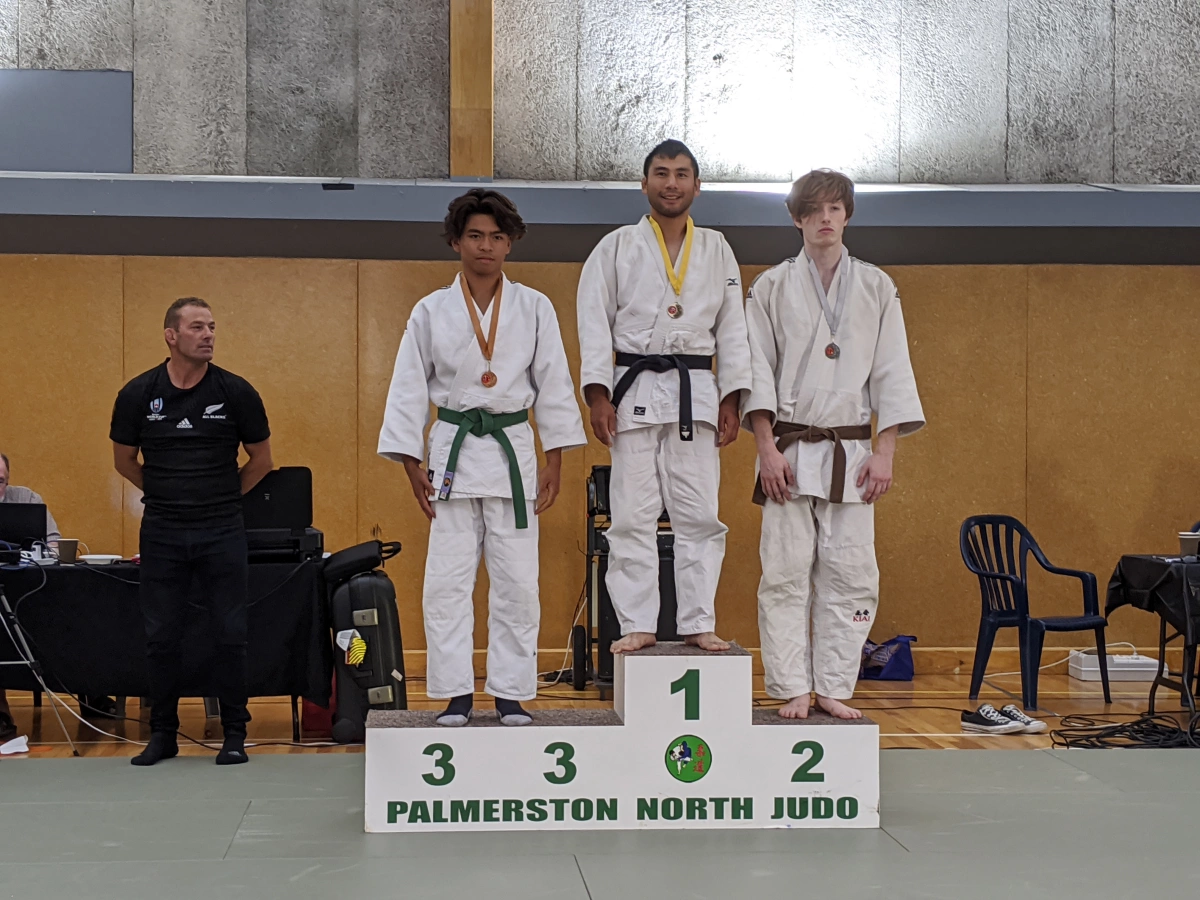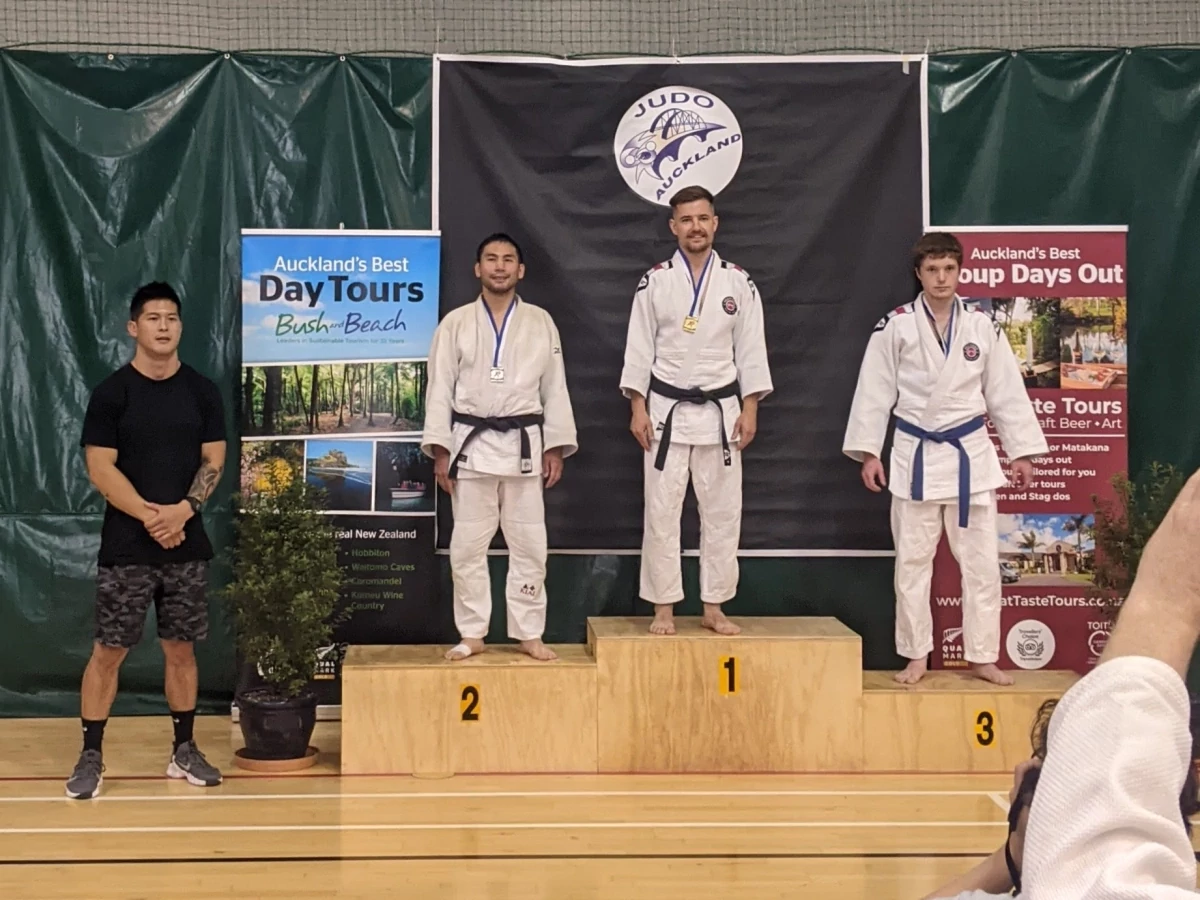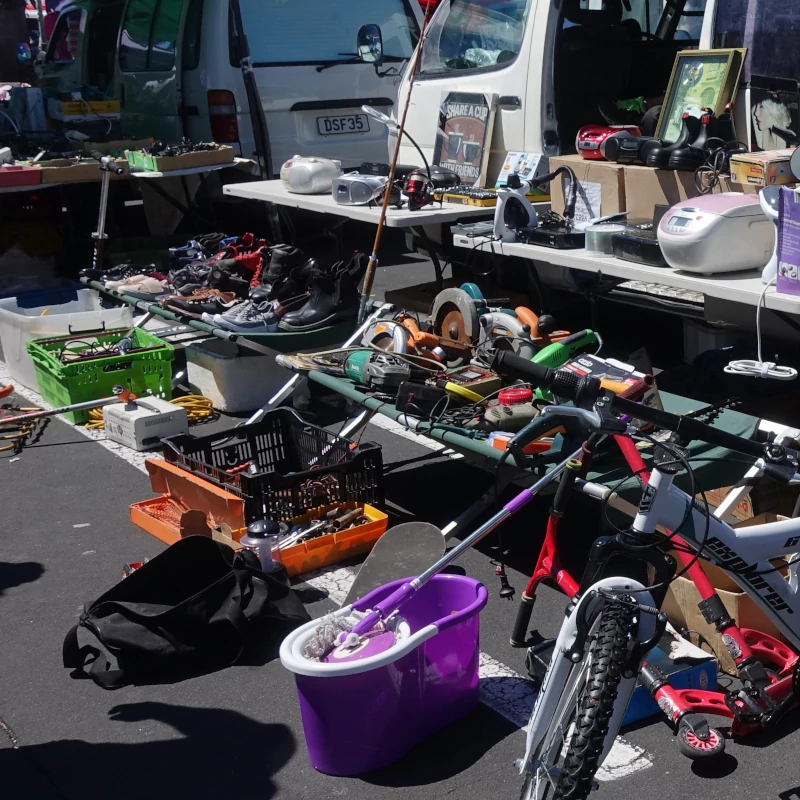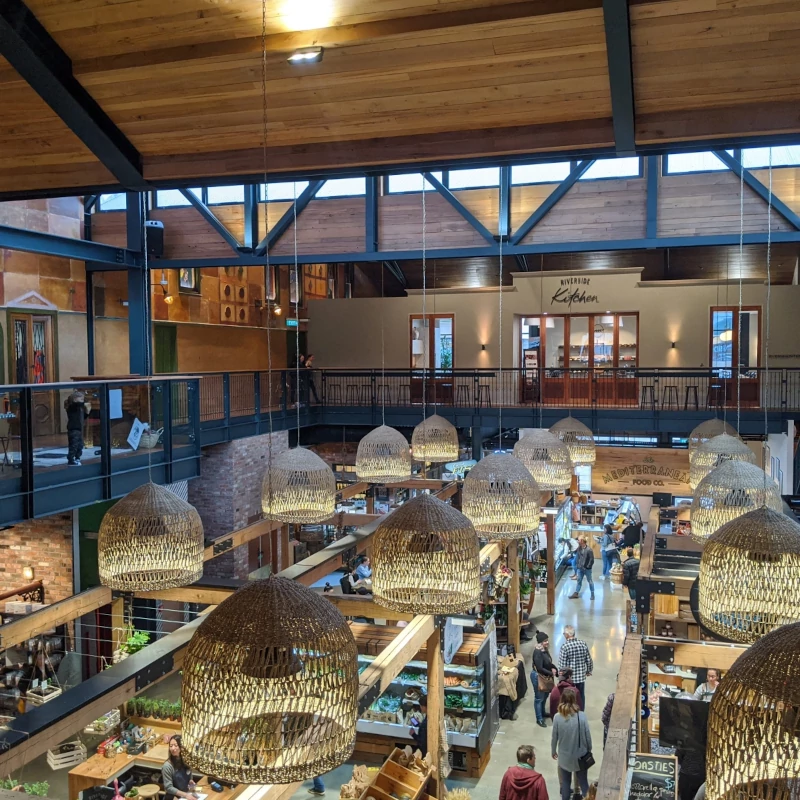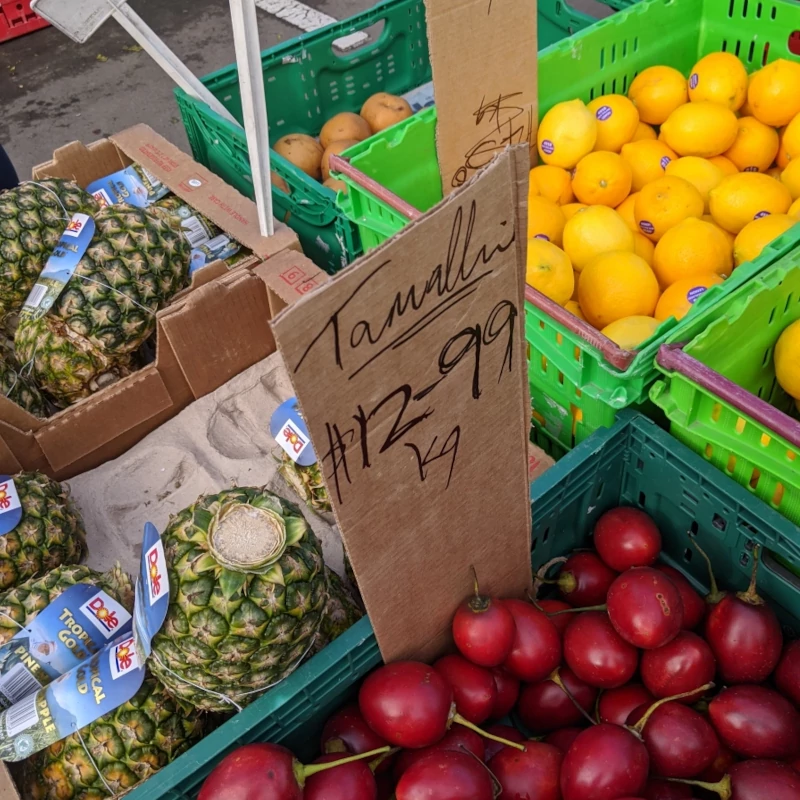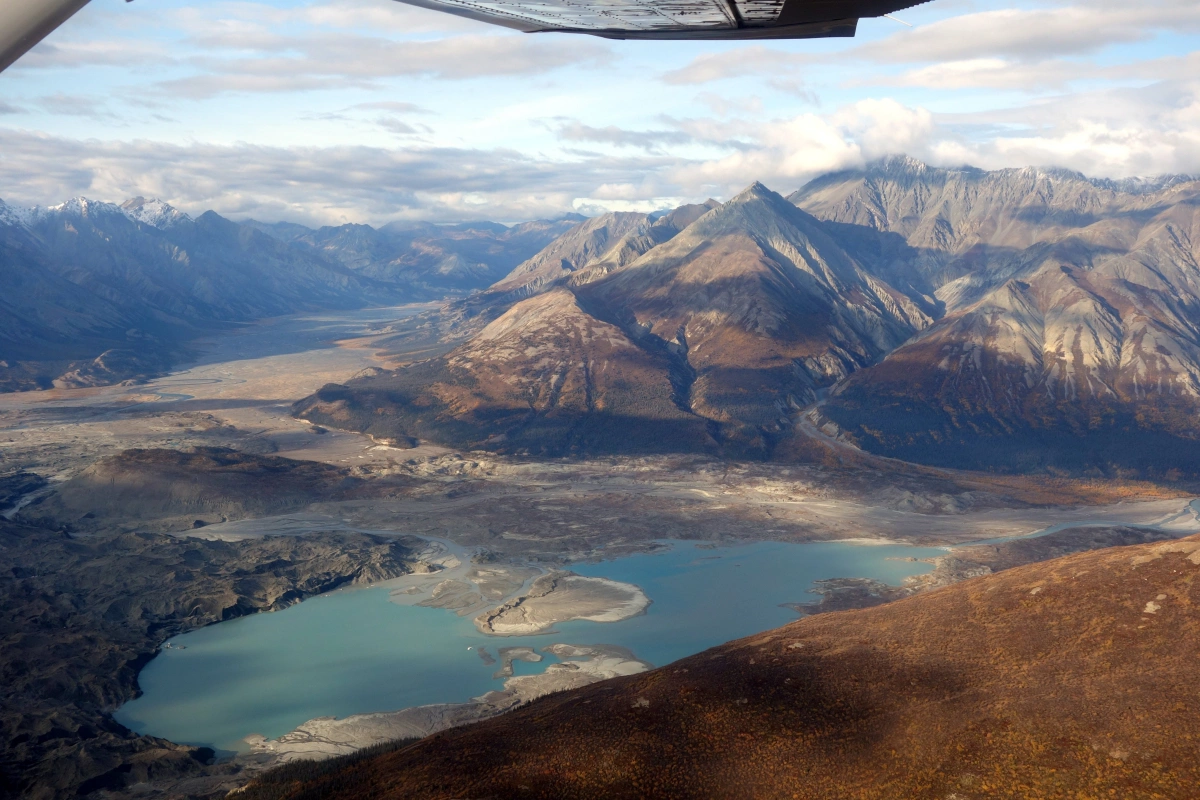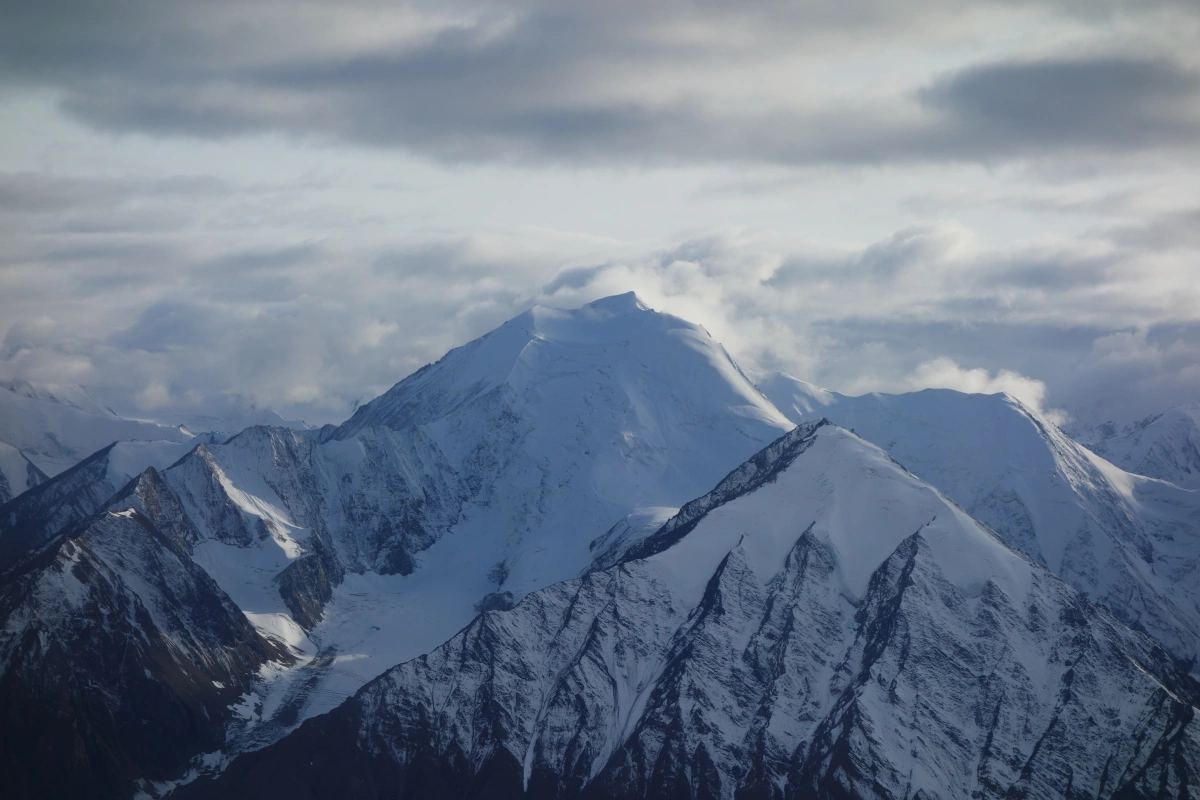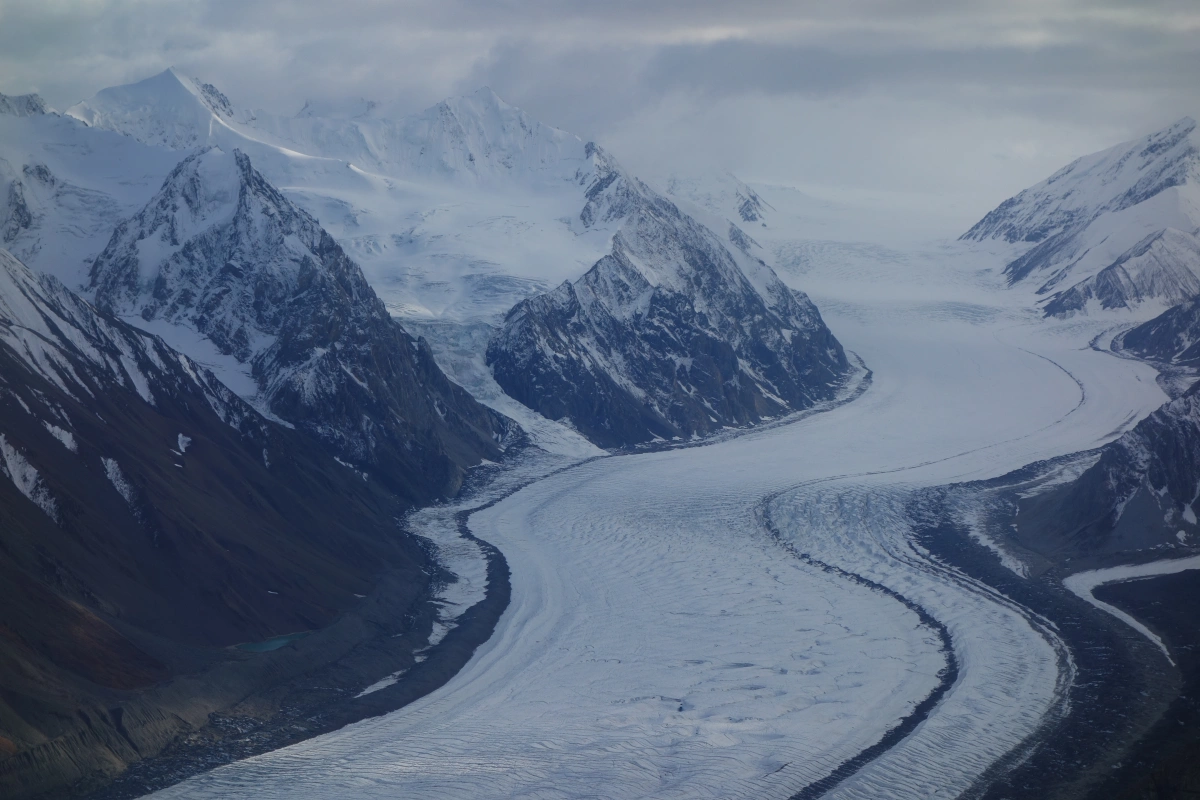I was writing a 2020 retrospective but it was getting too long so I split it up. Here’s a retrospective on the travel that I’ve been privileged to be able to do. Other parts of the retrospective to come.
I should say up front that I strongly dis-recommend travel anywhere there is a pandemic. The safest thing to do is to limit contact with other people. Travel is not that. Definitely don’t go to St. Barthélemy, whether you are or are not the finance minister of Ontario. (I don’t think anyone reading this can afford that anyway. Let me know if I’m wrong!)
My Travels in 2020
For the first year since at least 1995 I did not cross any country borders for the whole year. I only entered one country, on January 1. (And I thought 2019 with only Greece, Czechia and the US was geographically limited.) Super fortunately that country has been New Zealand. More thoughts about NZ society in general in a subsequent post; some thoughts about travelling in NZ just below.
Because NZ has had an inspired and well-executed COVID response, the trips that we’ve taken haven’t been much different before and after the lockdown. There are definitely fewer people about, which is the way I like it, but perhaps problematic for long-term viability of tourism providers.
Observations about travel in New Zealand
Travel in New Zealand is straightforward. No language barrier, ample infrastructure. Some comments on infrastructure below.
Public toilets
They’re everywhere! Every modestly-sized village has them. I can’t quite tell the population threshold, but it’s not very large. Other places with good public toilets: Beijing, Paris. Montreal had, in the 1930s, « vespasiennes » built by mayor Camilien Houde, and apparently has a couple now. (Ironically, I also read that the Montreal Chinese community didn’t like a public toilet being installed in the Sun-Yat-Sen plaza in Chinatown, while they’re everywhere in Beijing.) The obvious public toilets in Te Anau require coin payment (frustrating!), but the ones closer to the centre of the town don’t.
Parking
Yay, pay parking pretty much everywhere. Sometimes 60–120 minutes free parking. In some ways NZ is super rational. Smaller towns are moving towards card payments but there are still some coin machines which are hard to use these days.
Hospitality (aka “hospo”)
The cultural expectation at restaurants is, as in Australia, no tips. There are sometimes tip jars but the credit card machines do not have tip options. Minimum wage is higher in NZ than in Ontario, currently NZ$18.90 and set to go up to $20 this year. After doing some Googling, I expect that the average take-home pay for servers is similar. (Tips as a cultural norm are terrible: they add a power imbalance where there doesn’t need to be one.)
Speaking of restaurants, list prices look higher than in Ontario, but then you have to convert dollars and account for tax (included in list price in NZ) and tip. Overall, it’s probably like 10% more expensive in NZ than in Ontario, but restaurants are still not high-margin businesses here.
Accommodation
People have said that some hotels are cheaper now, but I haven’t noticed that so much in the price range we usually frequent. Specifically, I heard the Sofitel in Queenstown (a popular post-Great-Walk location) was way cheaper than normal at $250/night. Places we’re staying seemed to be $80–120 in the before times and $80–120 now. Between hiking Milford and Routeburn I splurged on two nights in an ensuite in a holiday park.
Word is that NZ is not a low-cost place to tourist, but these prices are also cheaper than hotels in major American cities, which used to often go at $150/night in the Before Times.
The other new-to-me NZ innovation is holiday parks and cabins. Cabins and yurts do exist in North America too, perhaps for US$80 vs NZ$80. But they’re located close to/in cities (such as they are) in NZ, which is not the case in North America. They usually aren’t ensuite, which is inconvenient, but I’m willing to save a bit of money by having to go to the nearby outside bathroom block at 4am. Plus, many (but not quite all) hotel rooms come with kitchens. (That’s not an innovation; when I went on trips to Florida as a kid with my parents we always cooked in “efficiency” units, but I’ve not encountered them in the hotels I usually stay in. I like airbnbs for self-catering, too.) Holiday parks come with cooking facilities, but not utensils. We saw a French couple who were going around in a van and bringing their own basil plant to cook with.
More space, fewer people
On the other hand, no NZ city is the size of a major American city. Portland OR is very average (#25) as a US city and the metropolitan area is twice as big as Auckland. You have to go to Jacksonville, FL (#40) to get to Auckland size. Yet, Auckland::NZ as Toronto::Canada in terms of relative size and impact on the country.
I also wouldn’t say that NZ cities are as non-dense as, say, Houston. The Wellington CBD, for instance, is legit dense, and has enough people to merit LRT (says me as I sit getting diesel fumes from 3 buses waiting at a light).
On the topic of fewer people being about: (1) climbing areas are never, ever crowded. Even last February, pre-COVID, in Wanaka, one of the sport climbing magnets of this country, we didn’t really see more than a couple of other parties. Thousands of climbs and dozens of people (maybe low hundreds). And we’ve been to places on weekend days (Castledowns, “best crag in Southland”) where it’s been 12 degrees and been alone at the crag. This is not what I’ve heard of happening in North America during this pandemic year. (2) The Tongariro Alpine Crossing is one of the most popular day walks in New Zealand. It was really crowded in February when we did it (probably thousands of people, mostly international). I hear it’s less busy now. (3) Tourist towns Queenstown and Te Anau were pretty deserted in early December but much busier just near Christmas, from what I saw.
Overtourism
Until recently, this was a problem in many places in the world: Amsterdam, Barcelona (those pictures!), Queenstown (December 2019!). The anecdote I heard about Queenstown was that restaurants were booked out for months in advance. Obviously times are different right now; I did see a restaurant that was full for the night when I was there, and the Great Walks did sell out, but it’s much easier to find places now.
The new NZ Tourism Minister, Stuart Nash, was talking about attracting “high-value customers”. He was quoted as wanting someone who “flies business class or premium economy, hires a helicopter, does a tour round Franz Josef and then eats at a high-end restaurant”. There’s been pushback in editorials and I’d add to that (see what I said about my travel preferences above). I’ve been reading literature left behind in huts and there seems to be long-running discussion about the noise pollution that helicopters make in the mountains (as well as, undiscussed, the carbon footprint). Externalities matter. There’s also the power imbalance issue I discussed with respect to tips. It’s terrible when Americans come and habituate locals to 20% tips.
New airports
As with so many things, this was totally not what I expected at the beginning of 2020. I’ve listed the main purpose of my first trip to each of these places. All airports after ROT were post-lockdown.
- AKL, WLG (Auckland 2x, Wellington): January 1, arriving in New Zealand
- ZQN (Queenstown 4x): New Zealand Alpine Club Wellington Section climbing trip to Wanaka, pre-COVID
- ROT (Rotorua): Pretty touristy pre-COVID trip. Railcruising, climbing at Wharepapa South, Sanctuary Mountain, Otorohanga Kiwi House and Native Bird Park, Waitomo Glowworm Caves, Whakarewarewa Living Maori Village, Whakarewara Forest, walking back home from WLG airport
- NZKM, NSN (Karamea Aerodrome, Nelson): Golden Bay Air out the end of the Heaphy Track
- IVC (Invercargill), BEACH (Mason Bay beach on Stewart Island, not an airport): Rakiura Track and Stewart Island
- CHC (Christchurch, 2x): Judo training camp in lieu of tournament
- DUD (Dunedin): Post-Christmas trip. Albatrosses, penguins, Silvertracks tramp, climbing at Mapoutahi
- MFN (Milford Sound): Arrived by helicopter after being evacuated (rain) from near the end of the Milford Track
- PPQ (Paraparaumu): Well, I walked to there from an airbnb but didn’t fly out of it
The regional airports are modest but modern and efficient; they feel about the size of pre-2008 YQB, while domestic operations at AKL and WLG are the size of post-2008 YQB. In particular they lack the Pearson baggage delivery disaster. (Why do I check luggage? Volume of climbing gear mainly.) Not having security for flights with capacity under 70 helps a lot, though many of my flights were on A320s.
Airports I didn’t get to that I had ticketed flights for:
- MEL (visiting Australia)
- BNE, YVR (returning from New Zealand)
- ATH (second sabbatical visit)
Outdoors
Well, no expeditions, but lots of outdoors. Mostly walking and climbing. I brought my wetsuit to New Zealand somewhat aspirationally but haven’t used it yet.
Great Walks
We talked about fewer people being about. Let’s talk a bit about Great Walks. I had capsule comments about 5 of them in the December post. I also intend to write a day-by-day analysis of the walks.
Initially we had planned on doing 0 Great Walks. We thought they’d be overrun. We didn’t know the full story and we weren’t going to be in New Zealand for that long anyway. Certainly we wouldn’t have been able to do Milford but we probably could have done Heaphy. Milford also probably would not have been worth $140 per person per night; even the Department of Conservation (DOC) acknowledges that the 2× visitor pricing wasn’t value for money. It was definitely worth $70 per person per night. (And, DOC apparently loses money on maintaining the Great Walks. Flying people out certainly doesn’t help.)
Since we were here for longer we were able to book at the right time for the popular ones. I had set a reminder to periodically check for news on the opening date and then a calendar event marking the opening of registrations. Milford booked out in 10 minutes and Routeburn booked out fast. Per DOC: Record numbers book Great Walks.
In the event, we’re happy to have done 5 of the Great Walks so far. The huts are indeed quite comfortable and the rangers are helpful. I’ve heard of the track described as sidewalk-like and it is certainly generally but not always well-groomed. It is always at least somewhat groomed; the second day of Rakiura was muddy and Milford had a bit of terrain. I appreciate the scenery a lot, although Canada has excellent scenery too. Canada has birds—more colourful ones—but it doesn’t have keas.
Less-Great Walks
I usually like to go to the second-tier “attractions”. I’m not so much into “must dos” (NZ tourism term!) especially as decided by tourism boards. We did a lot of day walks and some overnights (e.g. Cape Brett, Silverpeaks, Mount Fyffe, Pouakai Circuit).
The walks accessible from our front door in Wellington are amazing. We did 20km walks into terrain that felt isolated. Once you get beyond the hills in Wellington, there are grassy tussocks with windmills but no roads or buildings. We have lockdown to thank for getting us to explore all of those.
NZ has a trail classification system (as do many places). “Route” is the most rugged classification and we went on one in Silverpeaks, but it wasn’t that rugged. The Tararuas are famously hostile on a bad day (low visibility, high wind). So I can imagine it getting bad in those conditions.
Mount Fyffe in the Seaward Kaikoura Ranges was perhaps the most scenic walk, with the sea as well as legit mountains (NH White Mountains-scale I’d say). There were also gale-force winds. Mount Grey nearby was much more moderate and had almost as good views.
Huts
It’s really nice to not have to carry a tent and to be able to stay in a hut which comes with a mattress (especially since I didn’t bring my new tent to NZ). We had many positive experiences with huts and two less-positive experiences: the Pouakai Hut was overrun on the first nice day in June (being 2 hours from the road doesn’t help), and the Atiwhakatu Hut looked like it was going to be a noisy night with 10 kids (in level 2!) We were also at the Iris Burn hut and a high school trip came by with a dozen kids but they were exceptionally well-behaved. So that was good.
On the subject of gear, I’ve had to acquire a new sleeping bag (mine is well over 1kg) as well as a stove and cookware, which I already own but which is inaccessible to me, like much of the stuff I own. Oh well. Great Walks huts in season don’t require stoves but other huts do. It’s annoying when one needs to bring cooking gas that can’t go on planes. The Stewart Island airline checkin desk lent out canisters, which was great. It would have been hard to buy gas on the beach that we got flown to.
Rock climbing
I got somewhat acquainted with moderate NZ rock this year, spending 17 days outside. The grade conversion charts are usually wrong! Most recently I was at Mapoutahi near Dunedin, which has a couple dozen well-bolted routes (though somewhat close to each other). Either I got weak (nah) or NZ Ewbank 18 does not actually mean 5.10a. I’d like to calibrate with routes not in NZ, but there’s no chance of that anytime soon.
The other thing about NZ rock is that it seemed pretty sequence-y. Especially at Mapoutahi it took me a few times to figure out how to get past the cruxes. Once I did it seemed a lot easier. Maybe I’m not used to the style of rock. At Wanaka the holds were all wrong.
Wunderbar Wall in Christchurch was actually a good moderate crag. Probably the busiest I saw in NZ, with maybe 10 climbers?
I also had a great day of trad climbing at Charleston by the sea with dolphins. I had a full-value experience on Wild Horses in the Sun/Stinger and needed to catch my breath for a few minutes at the top. Sustained.
I went to the gym a couple of times (I think literally a couple) and climbed one longer alpine route at Double Cone.
Other outdoors
Sometimes I think I should branch out. But it’s hard to achieve mastery or even mediocrity, and I have my hands full already. Still, I also did in 2020:
- Skiing: I say that I used to ski before moving to Ontario. I got out to Mount Hutt near Christchurch for a day of skiing this year. The conditions weren’t optimal (lift closures due to wind). It was nice to be out there. My current take on skiing is that it’s pretty expensive (a day of skiing costs more than one, or even two, spring-loaded camming devices for climbing!) and that I like backcountry skiing most. But I have slow telemark gear, which is back in Canada. Also I like not dying in avalanches.
- Water activities: I got out kayaking a couple of times on guided trips. Milford Sound has to be guided unless you drive your own kayak in. I wish I had done the overnight in Doubtful Sound with the kayaking, as well as the longer Milford Sound trip (only available in summer). Also Pohatu Penguins in Akaroa. I was talking to the kayak guide and I probably know enough to do on-own kayak trips. (The guide said that the key was understanding what the weather could do.) The Whanganui Journey Great “Walk” is a good place to start. Also I did riverboarding once. It’s a bit scary to be on a board in big rapids.
- Cute animals: We started the year with baby NZ fur seals at Cape Palliser. We then expanded our sights to various NZ birds and we’ve now seen most of the obvious ones, some at ecosanctuaries like Zealandia, the Orokonui ecosanctuary, and Sanctuary Mountain. Because of mammalian predators these places need fences. The disappointing miss was out-of-sanctuary takahe on the Heaphy: we were too wet to stop and look for them.
Judo
In a normal year judo accounts for a noticeable fraction of my travel, though mostly to Montréal and small towns in Québec. (How many small-town Québec gyms have I seen the inside of…) Even in New Zealand the judo season was significantly disrupted by the pandemic. It started normally with the North Wellington Open in Palmerston North, but that’s about all the normality we had. I did get to Auckland for the Auckland Open replacing Nationals as well as Christchurch for a training camp replacing the South Island Championships, and stayed around both of those places for a week. I feel reasonably strong though I wish there were more lightweights to fight at practice. Not pictured: Wellington Closed. Tournament record this year: 9W 2L, though 0W 2L against dan grades.
Other tourism
Got up to a couple of other things:
- Trains: In addition to the “great walks” reminder I also had a “trains” reminder and booked the TranzAlpine as soon as possible. We did that during my first trip to Christchurch. Also I used the Northern Explorer to get to Auckland. It’s slow, but I like trains. There are commuter trains here but no real trains-as-distance-transport. There could be. Also I did Railcruising near Rotorua. Turns out that there is another drive-your-own-train adventure, Forgotten World Adventures, which is substantially longer and more expensive.
- Markets: I routinely go to Wellington’s Harbourside Market and, when in a rush, the Victoria Street Farmer’s Market. I also went to the Te Anau Community Market; Riverside Market in Christchurch; a pretty bougie market in Paraparaumu; and also the Mangere market in Auckland which is decidedly not bougie. Mangere is like the real markets that I’ve been to in other parts of the world, including the flea market components. Haven’t seen any other flea markets. The Te Anau market was also pretty bougie.
- Historic: Waitangi Treaty Grounds, Quake City to understand the Christchurch 2011 earthquake, Ruapekapeka pā as the closest thing to a castle the NZ had. (Larnach Castle doesn’t count).
I went on an Elm Wilderness Tour which was fine but totally not my scene. There aren’t many independent choices to see yellow-eyed penguins, although maybe Penguin Place would have been a better match.
Reflections
I’m so glad that we chose to stay in New Zealand for this interesting year that was 2020. Going back to Canada would have been boring and terrifying. Instead we got to explore a country that we didn’t know about but that shares some of Canada’s strengths and weaknesses, though to different degrees. Nature. Suboptimal urban design (not as bad as Blvd Taschereau in Brossard, but still sharrows), out of control housing prices, work-in-progress indigenous relations.
Architecture and Urban Design
In a year without castles, we at least visited some NZ cities.
Auckland: No clue. Haven’t really meaningfully been there. (Mangere was sort of sprawling though).
Wellington: Central Business District feels like a real city, even if it’s objectively small by world standards. Not that much room for cars (a good thing). Human-scaled (though MP hates the dominant Majestic Centre on the skyline). Distance across the CBD is 2.5km from the end of Lambton Quay to the Parihaka Memorial, compared to 5km from Atwater to Papineau in Montreal, so it is smaller.
Christchurch: Still a lot of gaping holes and ruins in the centre after the earthquake. Not as human-scaled. Roads wide and buildings tall. I think a lot of the action is in the alleyways, which are sort of like Edinburgh closes.
Dunedin: Surprisingly venerable looking architecture. It’s as if it had history.
Invercargill: Really things are on Dee Street. Feels small. Good aviary though.
Queenstown: A lot like Canmore. Heavily tourist-focussed. Less of a history as a railway town than Canmore. About the same population (Q 16,000 vs C 14,000).
Insufficient basis to say: Nelson, Rotorua.
People
It’s hard to get to know people when travelling. I’ve gotten to know a couple of people living here, mostly based in Wellington and met up some times with people I’ve known from various places. There’s a mix of locals and expats (which is unlike Switzerland, where it’s all expats). This has been good.
Outdoors
OK, so, Canada’s bigger, and has more. More remoteness, bigger mountains, more outdoors. I’ll even say that the Canadian Rockies are more scenic than what I’ve seen so far of the mountains here.
What Canada doesn’t have more of, both in absolute and per capita terms, is infrastructure. There are no Great Walks. There are only a couple dozen huts, mostly owned by the Alpine Club of Canada, versus thousands of huts in New Zealand. Trails generally more developed in New Zealand; only when alpine climbing have I done scree. Scree is much harder to avoid in the Rockies.
Fiordland is relatively isolated, probably comparably to the Rockies. (By the way I’ll plug the Saguenay fjords as a comparison). But NZ has nothing like Kluane National Park and Reserve in the Yukon.
